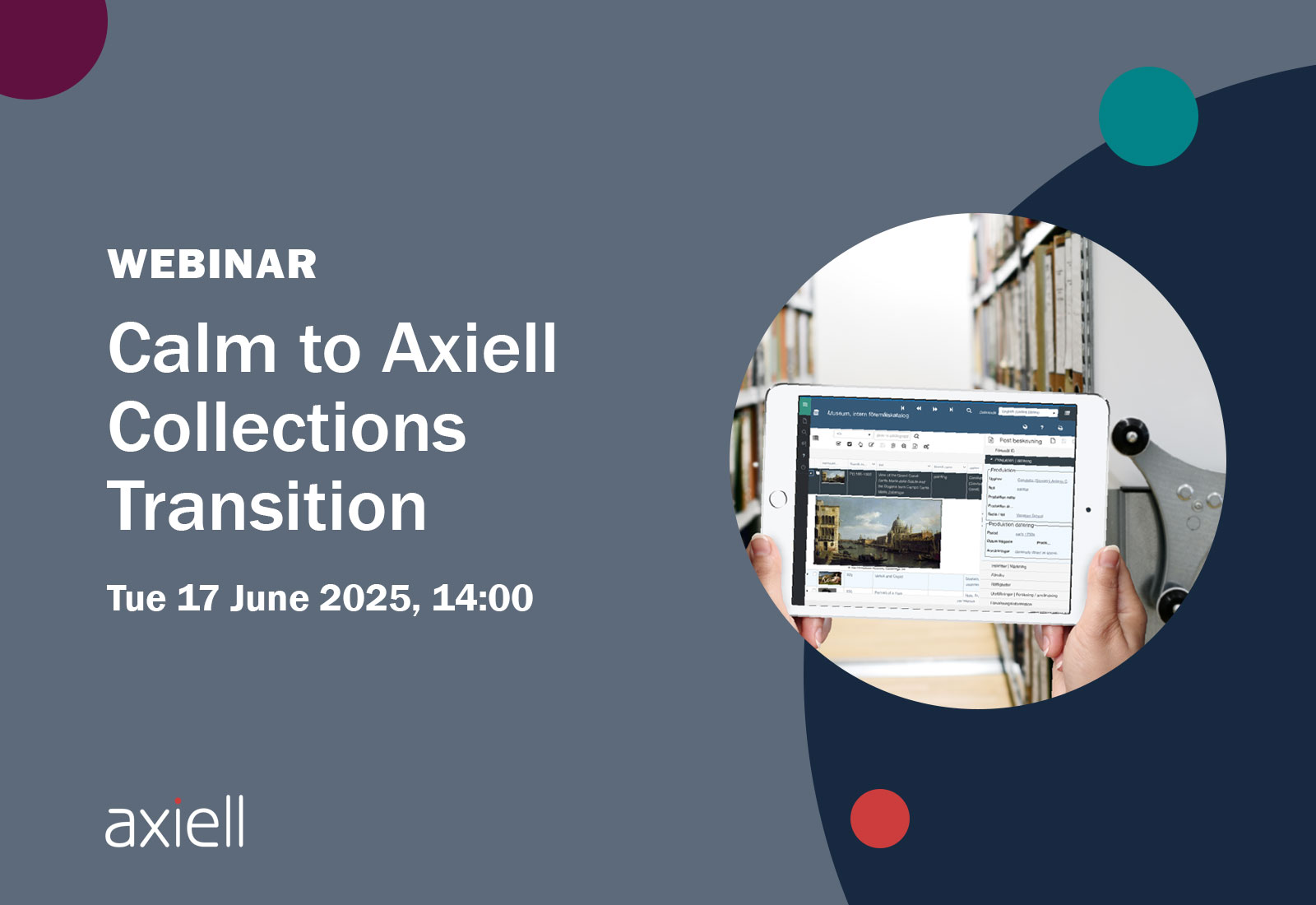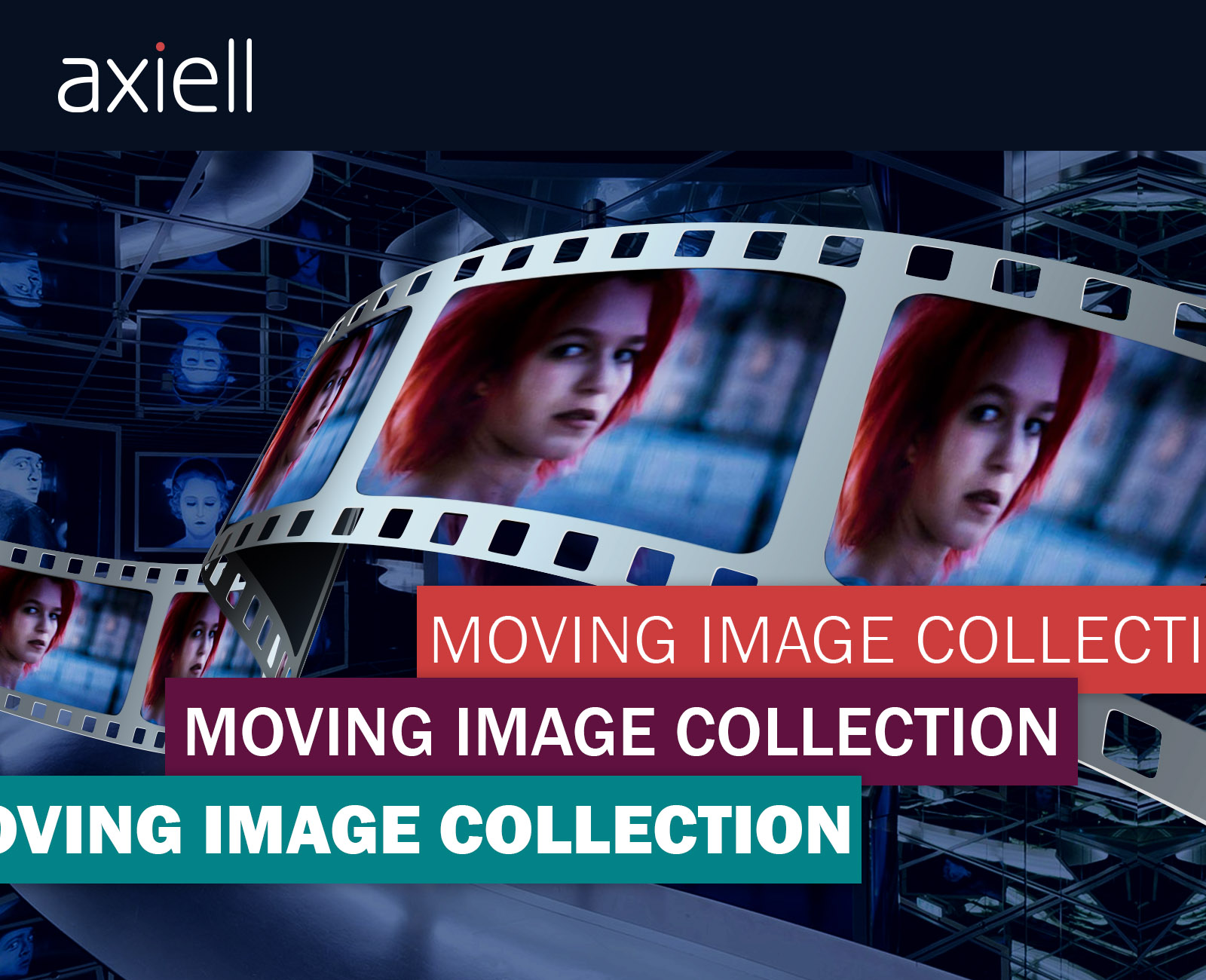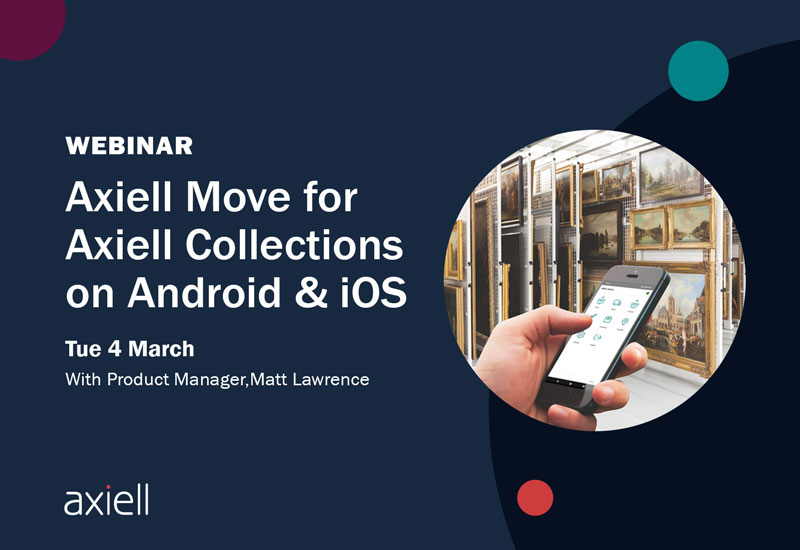The criticism of the last 30 years of public management (the so called NPM, New Public Management model) is how it aimed to rationalise public services. Now, however, the idea of “New Public Governance” is on the rise.
The belief is that, instead of control and so called ‘lean management’, staff employed in public services should develop their services on the basis of trust and innovation. Inhabitants in a city should be looked upon as citizens, not customers.
Inhabitants in a city should be looked upon as citizens, not customers
Public libraries recognised the crumbling of the old way of thinking a number of years ago and went with the “Relations – not transactions” mantra, which was agreed upon from around 2011. Still, the change towards a relation-based model has not yet been dramatic and we have not seen, to my knowledge, many examples of analysis of the effect of this change and its direction.
Nevertheless, we do have library gurus like R D Lankes strongly pointing out the direction in publications such as, “The Atlas of new Librarianship” and the follow up “New Librarian Field Guide”. Now, we also have a brilliant paper from Ida Jensen at Copenhagen University called “Public Library 3.0”.
The necessary development of libraries is therein described in five principles:
- Citizen to Citizen – the library should facilitate communication and sharing in their community.
- Community engagement – invite the citizens to be part of services/leaders of programs in the library.
- Master life – support and empower citizens in all facets of life, in active lifelong learning.
- Partnerships – the library as a development hub of the community, partnering on all levels.
- Performative – the library as a creativity centre, developing the individual and the community.
Seeing citizens as customers contradicts most of the above principles. Instead the citizen should be part of the service, they should share competencies, develop creativity and master all facets of life with the help of the community, and this should be facilitated by the library.
As an example, 90% of the events and program activities taking place at Library 10 in Helsinki are organized by local citizens. Library service IT providers should constantly be in dialogue with libraries trying to find out which IT-services could support this view on patron services.
90% of the events and program activities taking place at Library 10 in Helsinki are organized by local citizens
When Mary Lee Kennedy at the New York Public Library says that librarians should go from passive to active in their services it really is what “Public Library 3.0” is about. This will mean that librarians will change their work scope, they will engage in reading, learning and creativity instead of in “access”. It means librarians actively developing the community.
Of course building the best possible collection and being ambitious in answering all possible information queries with the best possible answers is also an “active” role. The difference lies in the approach, the working methods. Librarians most certainly have a tradition of being amenable, adding “including” and “proactive” are steps in the new direction. Instead of a collection focus, librarians will embrace a community focus, interacting with citizens in the neighbourhoods of the library. It is also time for vendors to implement the digital support of this change.
The collection’s value, the amount of text (and other media) amassed in libraries, has lost some of its attraction power, its equality mark. This is because most people have access to information and content in abundance if they have an internet connection.
As a librarian you could in the old days imagine if anyone, with or without money, irrespective of gender, race and so on, wanted a deeper reading experience, wanted to know how to build a fireplace or even start a company, you would be waiting for them behind the information desk, prepared to point them in the right direction.
Of course, librarians have since the Nineties been leaving the information desk roaming for information seekers in their physical building. They have also, especially university librarians, built link guides on the net.
But Mary Lee Kennedy, and many librarians with her, are pointing in the direction of “Public Library 3.0”.
Ida Jensen says: “…the citizen becomes responsible for making their own welfare in the local community rather than being a passive recipient”.
…the citizen becomes responsible for making their own welfare in the local community rather than being a passive recipient
What “Public Library 3.0” calls for is a librarian that puts him or herself right in midst of the community; coordinating resources, educating other librarians, partnering with individuals, organisations and with public or commercial enterprises. The aim of this is to make the community a better place, to develop sharing experiences and to encourage creative development and lifelong learning.
Children & young people’s librarians have been in the forefront of this direction for years, actively engaging children in schools and around the local area.
There are challenges for the model to overcome, of course.
One such challenge is maintaining the autonomy of libraries within their local communities. This is becoming increasingly difficult as limited resources force local authorities to turn to central government for answers or to alternative models of delivering service, such as trusts.
Often in these cases, when a policy is shown to work well for one library, it can be easy to suggest adopting it everywhere. Yet, as soon as the central service addresses the citizens directly, the local public library loses its power and librarians’ relations with and knowledge about their own community and its citizen go out the window.
As soon as the central service addresses the citizens directly, the local public library loses its power
A second hurdle is most certainly the ever-growing dominance of the web in our everyday lives – or at least a failure to capitalise on the opportunity it presents to information professionals. In this regard, there is a great deal to be done: re-establishing the library as a local force for knowledge sharing, facilitating creativity, presenting the talent of the community, publishing program activities, interacting with other local facilities and much more.
A third challenge lies in developing libraries into public open spaces without losing the corner stones of the library mission in the process. Librarians know what services to deliver and how to develop them (with members of the community) by staying focused to the library mission:
- Reading – reading as an exploring art
- Lifelong learning – learning is initiated, explored and shared
- The creative citizen – creativity is initiated, developed and presented
- The democratic citizen – democracy is learnt, nurtured and active
Keeping the work in line with this mission will enable librarians to know where to focus and how to use their resources for the good of society.
To underline her findings, Ida Jensen points to the work of Torfing and Triantafillou. In their paper to the EU meeting of political research in 2013, they make a comparison between the evolving governing policies (below). The simplicity of the framework helps to show us just how much the approaches differ and how thinking has changed.

With all of the above; the community approach, partnering with the community, empowering citizens and with the library mission corner stones; in place, we can join Ida Jensen in her statement:
“Library 3.0 gives a new raison d’être to the public library in the modern information society”.
Outside of work and family life, there exists a slightly depressing notion that we may matter most as consumers. It is encouraging, however, that in a time like this, libraries that are in line with the new public governance model look upon citizens as resourceful and responsible – not, as we mentioned before, passive recipients and consumers.
The field is open for public librarians to establish the library as an active and open community hub for reading, learning, creativity and democratic processes.
Librarians will be riding the constant of change, illuminated by an explosion of activities. And there really is no alternative.




